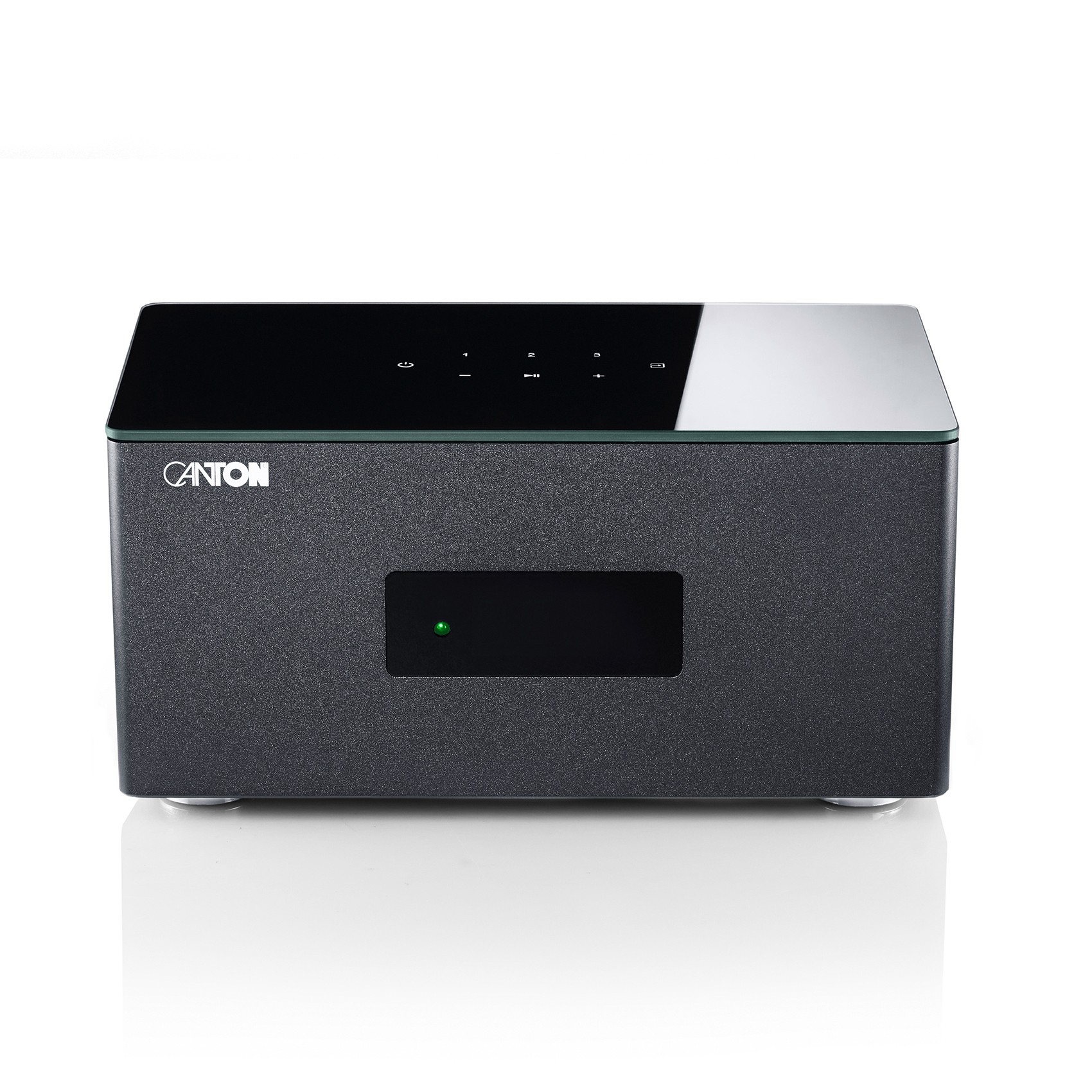

When digital sound was applied to 35 mm release prints, with Batman Returns in 1992, the 5.1 layout was adopted. Instead of the five screen channels and one surround channel of the Todd-AO format, Dolby Stereo 70 mm Six Track provided three screen channels, two high-passed surround channels and a low-frequency surround channel monophonically blended with the two surround channels. Dolby first used split surrounds with 70 mm film, notably in 1979 with Apocalypse Now. The Dolby application of optical matrix encoding in 1976 (released on the film Logan's Run) did not use split surrounds, and thus was not 5.1.

ĥ.1 dates back to 1976, when Dolby Labs modified the track usage of the six analogue magnetic soundtracks on Todd-AO 70 mm film prints. Īll 5.1 systems use the same speaker channels and configuration, having a front left and right, a center channel, two surround channels (left and right) and the low-frequency effects channel designed for a subwoofer.Ī prototype for five-channel surround sound, then dubbed "quintaphonic sound", was used in the 1975 film Tommy. 5.1 is also the standard surround sound audio component of digital broadcast and music.
Dolby 5.1 cds pro#
Dolby Digital, Dolby Pro Logic II, DTS, SDDS, and THX are all common 5.1 systems.
Dolby 5.1 cds full#
It uses five full bandwidth channels and one low-frequency effects channel (the "point one"). 5.1 is the most commonly used layout in home theatres.

The left and right surround speakers in the bottom line create the surround sound effect.ĥ.1 surround sound ("five-point one") is the common name for surround sound audio systems. The left and right speakers on either side of the center speaker are used to create stereo sound for music and other sound effects in the film. The centre speaker in the top line of the diagram is used for dialogue. The white square in the center of the diagram depicts the human listener.
Dolby 5.1 cds plus#
THX Ultra2 Plus is a certification given to home theater components, which deliver satisfactory sound levels in rooms up to 3,000 cubic feet (85 m3) in size.Most common loudspeaker configuration for 5.1 used by Dolby Digital, SDDS, DTS, THX, and Pro Logic II. THX Select2 Plus is a certification given to home theater components, which deliver satisfactory sound levels in rooms up to 2,000 cubic feet (57 m3) in size. Read more about Surround – DTS-HD® Master Audio On devices which do not support high resolution, a lossy rendition of the track is utilized. The audio track is coded to make each speaker better reflect the spacial position of the sound, giving a more lifelike sound experience.ĭTS:X lets the user adjust only the voice track, making dialogue easily audible.ĭTS-HD Master is a combined lossy/lossless audio codec, which enables bit for bit identical playback to the master track - hence the name. Read more about Surround – Dolby TrueHD AudioĭTS:X is an object-based audio which creates better multi-dimensional sound. Alternatively, reflection speakers may be used, which are commonly placed on top of the front speakers.ĭolby TrueHD is a multichannel lossless audio codec, predominantly used in home entertainment AV receivers. By utilizing ceiling-mounted speakers, the listener is given a dedicated rendition of sounds coming from above. The hybrid disc can be played on existing CD players as well as Super Audio CD players since it contains both standard audio CD and Super Audio CD information.ĭolby Atmos is a technology for surround sound. There are three types of discs: single layer, dual layer and hybrid discs. MQA captures 100% of the performance.Īudio format based upon the current CD standards but includes a greater amount of information that provides higher quality sound. MP3 files deliver just 10% of the original studio recording. MQA will play back on any device to deliver even higher than CD-quality. This device is capable of CD (Compact Disc) playback.


 0 kommentar(er)
0 kommentar(er)
